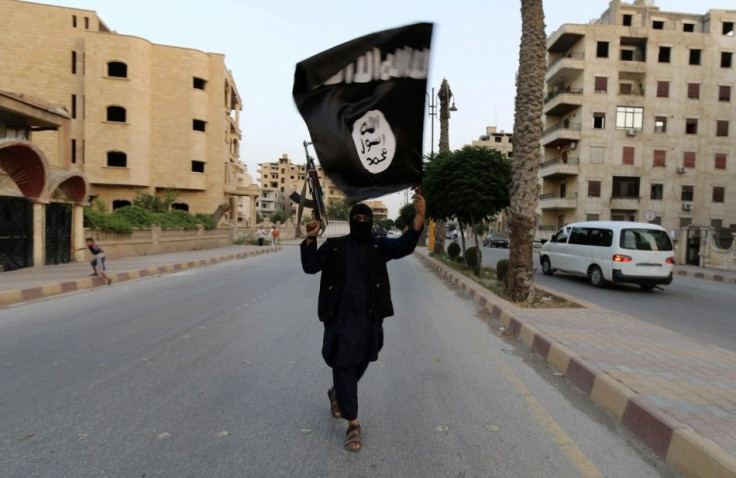ISIS Continues Social Media Propaganda To Gain Sympathisers; Over 80% Of Weapons From US, China And 2 Other Countries

The Islamic State of Iraq and Syria, or ISIS as it is widely known, relies on social media to spread its propaganda and encourage like-minded Muslim supporters to join its cause. In a report by The Guardian, ISIS is said to have become fluent in using the popular media tools of the West like YouTube, Instagram and Twitter. Supporters and foot soldiers of the Islamic militants upload images and amateur videos for the rest of the world to disseminate, using not only ordinary online users but media organisations as well who report developments involving ISIS.
ISIS edited footage from video game "Grand Theft Auto" to recruit more fighters with the caption "Your games which are producing from you, we do the same actions in the battlefields!" The extremist group has been using social media as a marketing strategy to gain more followers.
According to reports, ISIS may be mainly using global media to provoke the United States and its allies and encourage more followers to join the group. The gruesome beheading videos of American journalists James Foley and Steven Sotloff, aid workers David Haines and Alan Henning, have served the purpose of ISIS to draw the West into combat in Iraq and Syria.
Hostages have been forced to speak about the United States government's "complacency and criminality" and issue warnings not to interfere with ISIS. British photojournalist John Cantlie is currently being forced to appear in a series of videos and deliver clear and critical arguments. Those who have watched the video might think it was a mock current affairs series, The Guardian reports.
Meanwhile, as ISIS wields its propaganda war, it was found to have been using weapons from the United States, China and other countries supporting the regional forces fighting the extremist group. The information was based on new data collected by a private arms-tracking organisation. The data suggests the ammunition that was supposed to help stabilise governments in Syria and Iraq was instead in the hands of ISIS, helping its efforts against the combined regional security forces.
Conflict Armament Research director James Bevan said there is a lesson to be learned from the information. He believes the defence and security forces, who were supposed to receive the ammunition from other countries, are incapable of retaining custody of the weapons.
Reports said ISIS has since become adept in acquiring more weapons as the group expands its territory. According to the research group tracking ISIS weapons, more than 80 percent of ammunition was made in China, the U.S., former Soviet Union and post-Soviet Russia or Serbia.





















